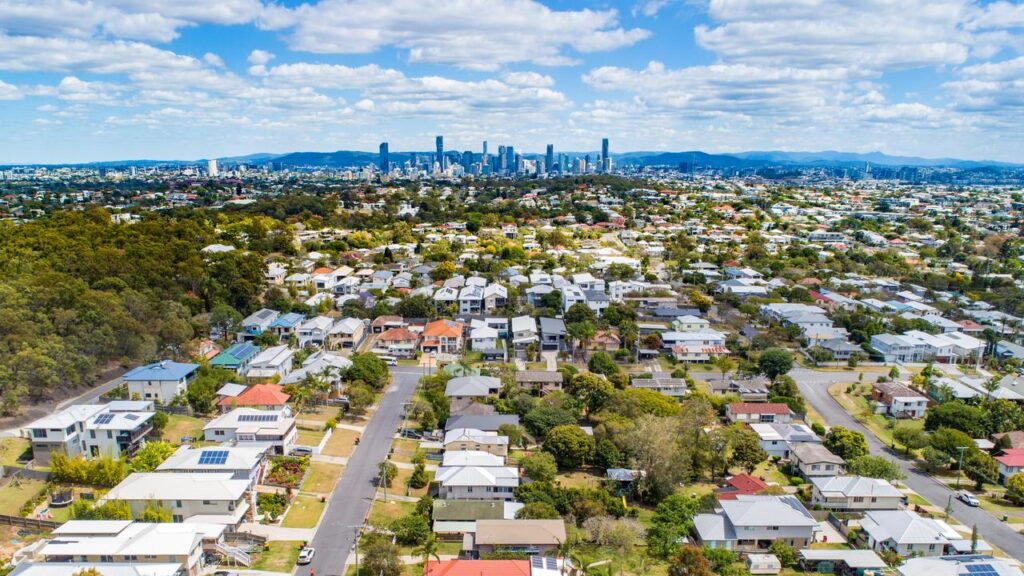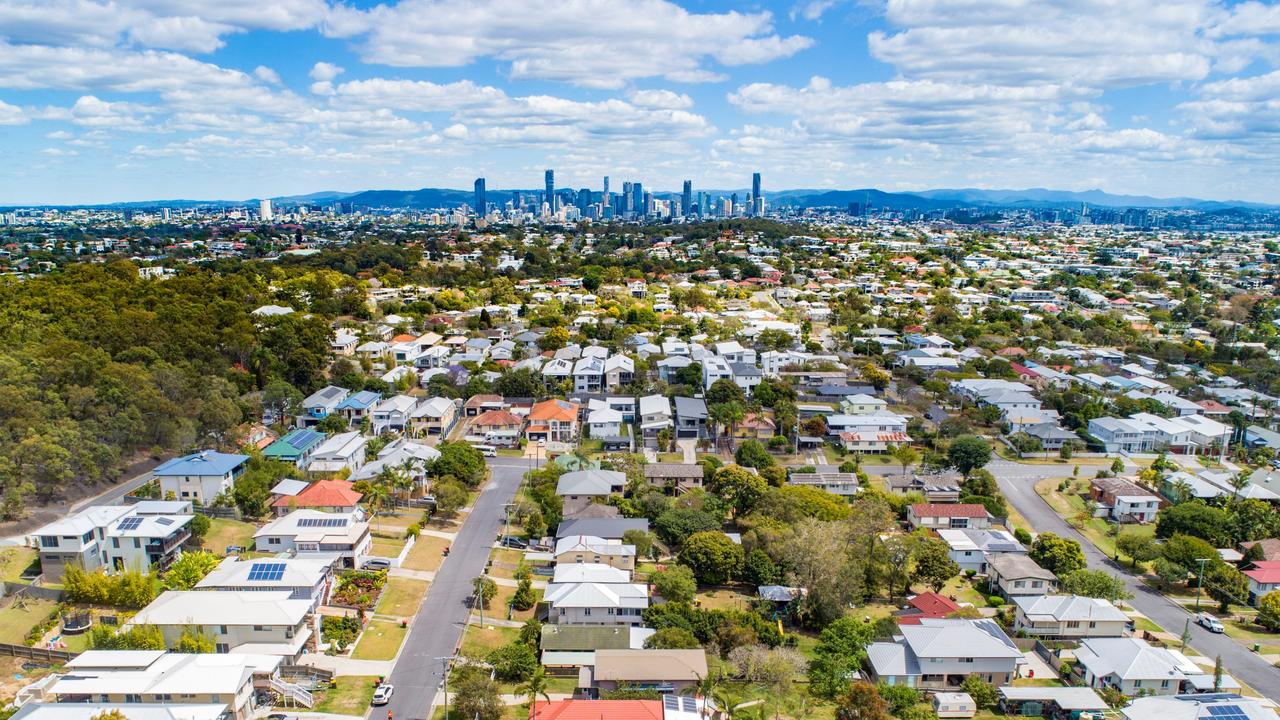
Australia’s property market is renowned for its dynamic growth and investment potential. With diverse cities, robust economic indicators, and varying regional dynamics, it’s a prime location for both local and international property investors. This guide offers a comprehensive look at property investment in Australia, incorporating the latest statistics to help you make informed decisions.
1. Understanding the Australian Property Market
Diverse Market Dynamics
Australia’s property market is highly diverse. As of mid-2024, the median house price in Sydney is around $1.1 million, while in Melbourne, it sits at approximately $950,000. In contrast, Brisbane’s median house price is about $750,000, and Perth’s is around $680,000. This variability reflects the different market conditions and opportunities across various cities.
Economic Influences
Australia’s economy has demonstrated resilience with a GDP growth rate of around 3.0% in 2023. Population growth also supports housing demand, with Australia’s population projected to reach 27.4 million by 2034, (ABS). Interest rates, currently at 3.5% as of mid-2024, directly impact mortgage affordability and investor sentiment.
2. Research and Choose Your Location
Urban vs. Regional Areas
Urban areas tend to have higher property values but offer potential for capital growth. For instance, Sydney and Melbourne have experienced average annual capital growth rates of 5-7% over the past decade. Regional areas like Newcastle and Geelong offer lower entry prices and higher rental yields, often exceeding 4% compared to the 2-3% yields in major cities.
Future Growth Potential
Areas with significant infrastructure projects are often poised for growth. For example, Brisbane’s infrastructure projects, including the Brisbane Metro and the Cross River Rail project, are expected to boost property values. Cities like Perth are also seeing increased investment in infrastructure, contributing to a projected 5% growth in property values over the next 12 months.
3. Understand the Legal Framework
Property Ownership Laws
Foreign investors need approval from the Foreign Investment Review Board (FIRB) before purchasing property in Australia. As of 2024, FIRB approval is required for all residential property purchases by foreigners. Non-residents typically need to invest in new properties or those that have been substantially renovated.
Legal and Tax Implications
Stamp duty varies by state; for example, in New South Wales, it can be as high as 5.5% of the property value. The capital gains tax (CGT) rate for individuals is up to 45%, with potential for discounts if the property is held for more than 12 months. Land tax also varies by state, with rates typically between 0.2% and 2% of the property’s value.
4. Financing Your Investment
Securing a Mortgage
Mortgage interest rates have fluctuated between 3.0% and 4.5% in recent years. Foreign investors might face higher deposit requirements, often up to 30% of the property’s value. Australian banks and lenders offer a range of mortgage products, so it’s essential to compare options to secure the best financing deal.
Budgeting for Additional Costs
Additional costs include stamp duty, which can be substantial; for a property valued at $750,000, stamp duty alone could amount to around $31,000 in New South Wales. Legal fees, inspection costs, and property management fees can also add up, so budgeting for these is crucial.
5. Property Management and Maintenance
Choosing a Property Manager
Effective property management is key to maximising returns. Management fees typically range from 7% to 10% of the rental income. A good property manager handles tenant selection, rent collection, and maintenance, ensuring your investment is well-maintained and profitable.
Maintenance and Upgrades
Regular maintenance and strategic upgrades can enhance property value and attract quality tenants. Investing in energy-efficient upgrades or modern amenities can increase rental yields and property value, contributing to long-term success.
6. Investment Strategies
Capital Growth vs. Rental Yield
For capital growth, consider properties in high-demand areas with strong economic fundamentals. In Sydney, properties have seen annual capital growth rates of around 6% over the past decade. For rental yield, focus on emerging suburbs or regional areas where rental yields often exceed 4% and vacancy rates are lower.
Long-Term vs. Short-Term Investment
Long-term investments generally offer stability and consistent growth. The average annual growth rate for residential properties in Australia has been around 5% over the last decade. Short-term strategies, like flipping properties, can offer quicker returns but come with higher risks and market timing challenges.
7. Stay Informed and Flexible
Market Trends
Stay updated with property market reports and economic indicators. The CoreLogic Home Value Index provides valuable insights into market trends, while the ABS offers data on economic conditions and population growth.
Networking
Building a network of real estate professionals can provide valuable insights and opportunities. Join property investment groups and attend local real estate events to connect with industry experts and fellow investors.
Property investment in Australia offers exciting opportunities, but success requires careful research, strategic planning, and ongoing management. By understanding market dynamics, legal requirements, and financial considerations, you can make informed decisions and build a successful property portfolio in this vibrant and diverse market. With the right approach and up-to-date information, you can navigate Australia’s property landscape and achieve your investment goals.



